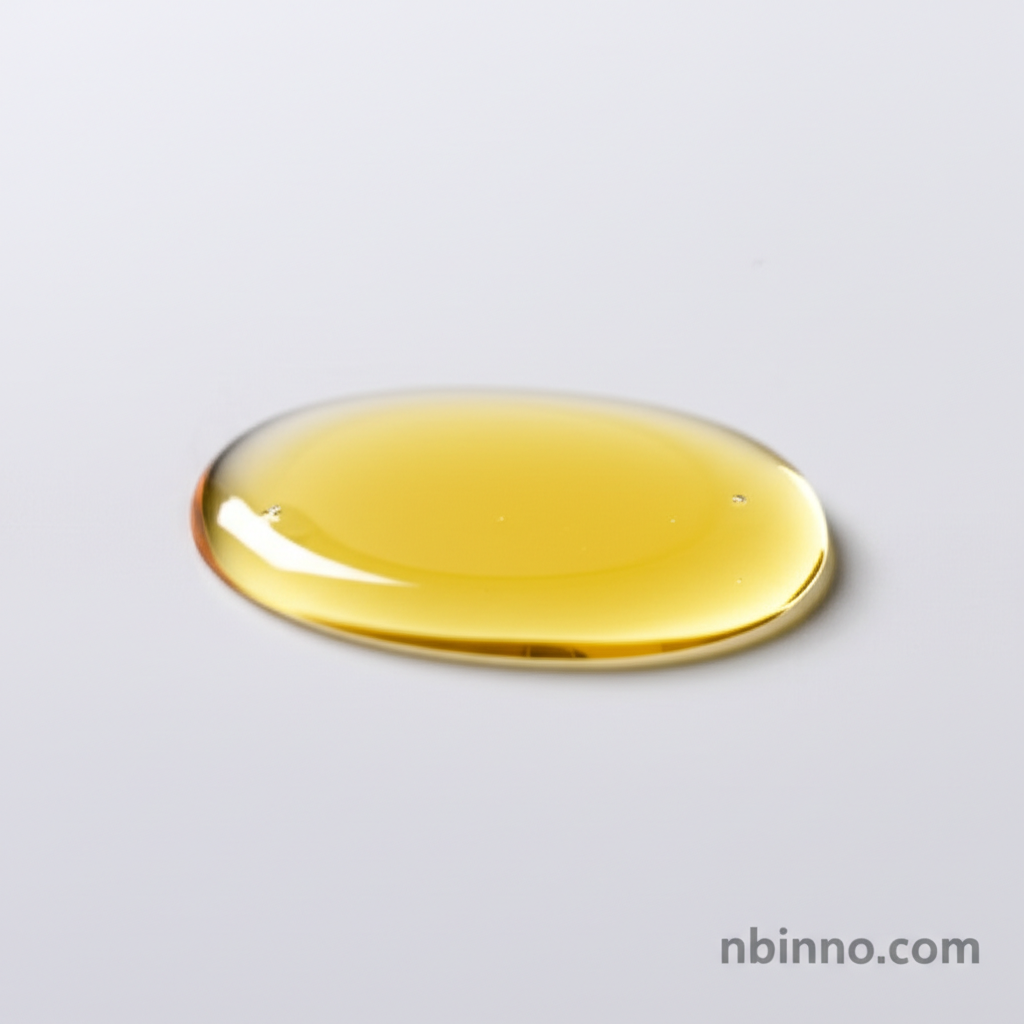Discover (2-Hydroxytrimethylene)bis(trimethylammonium) dichloride (CAS 55636-09-4)
Unlock the potential of this versatile chemical compound for your industrial and research needs. Explore its applications as a key dye additive and organic synthesis catalyst.
Get a Quote & SampleProduct Core Value

(2-Hydroxytrimethylene)bis(trimethylammonium) dichloride
As a reliable supplier in China, we offer high-quality (2-Hydroxytrimethylene)bis(trimethylammonium) dichloride (CAS 55636-09-4). This compound is invaluable as a dye additive raw material and serves as an effective catalyst in various organic synthesis processes, contributing to efficient chemical transformations. Its unique structural features enable diverse chemical reactions and applications.
- Explore the specific chemical properties and detailed CAS 55636-09-4 chemical properties that make this compound a preferred choice for advanced applications.
- Learn about the synthesis of (2-Hydroxytrimethylene)bis(trimethylammonium) dichloride and its role in creating high-value chemical products.
- Understand its critical function as a dye additive raw material, enhancing the performance and quality of textile and other dyed materials.
- Leverage its capabilities as an organic synthesis catalyst to optimize your reaction yields and explore new chemical pathways.
Key Product Advantages
Versatile Catalyst
This compound acts as a potent catalyst in organic synthesis, facilitating complex reactions and improving process efficiency, aiding in optimizing yields when using organic synthesis catalyst.
Dye Enhancement
As a crucial dye additive raw material, it improves the quality and performance of various dyeing processes, contributing to vibrant and durable colors.
Chemical Purity
We ensure high purity for CAS 55636-09-4, making it suitable for demanding research and industrial applications where precise chemical compositions are paramount.
Key Applications
Textile Dyeing
Serves as a vital dye additive raw material, enhancing color fastness and application uniformity in textile production, a key area for dye additive raw materials.
Organic Synthesis
Functions as an effective organic synthesis catalyst, promoting various chemical transformations and enabling the creation of complex molecules. Leveraging this organic synthesis catalyst is key for efficiency.
Material Science
Its charged nature and hydroxyl group make it useful for surface modification and as a model compound in studies related to transport phenomena.
Chemical Research
A valuable tool for researchers investigating new reaction pathways or developing novel materials, often sought through chemicalbook CAS 55636-09-4.
